Charlie Issendorf: Zwift's Event Director speaks out on the future of Cycling eSports
In an exclusive interview, Zwift's Event Director reveals the platform's plans for future stage races and a professional racing league
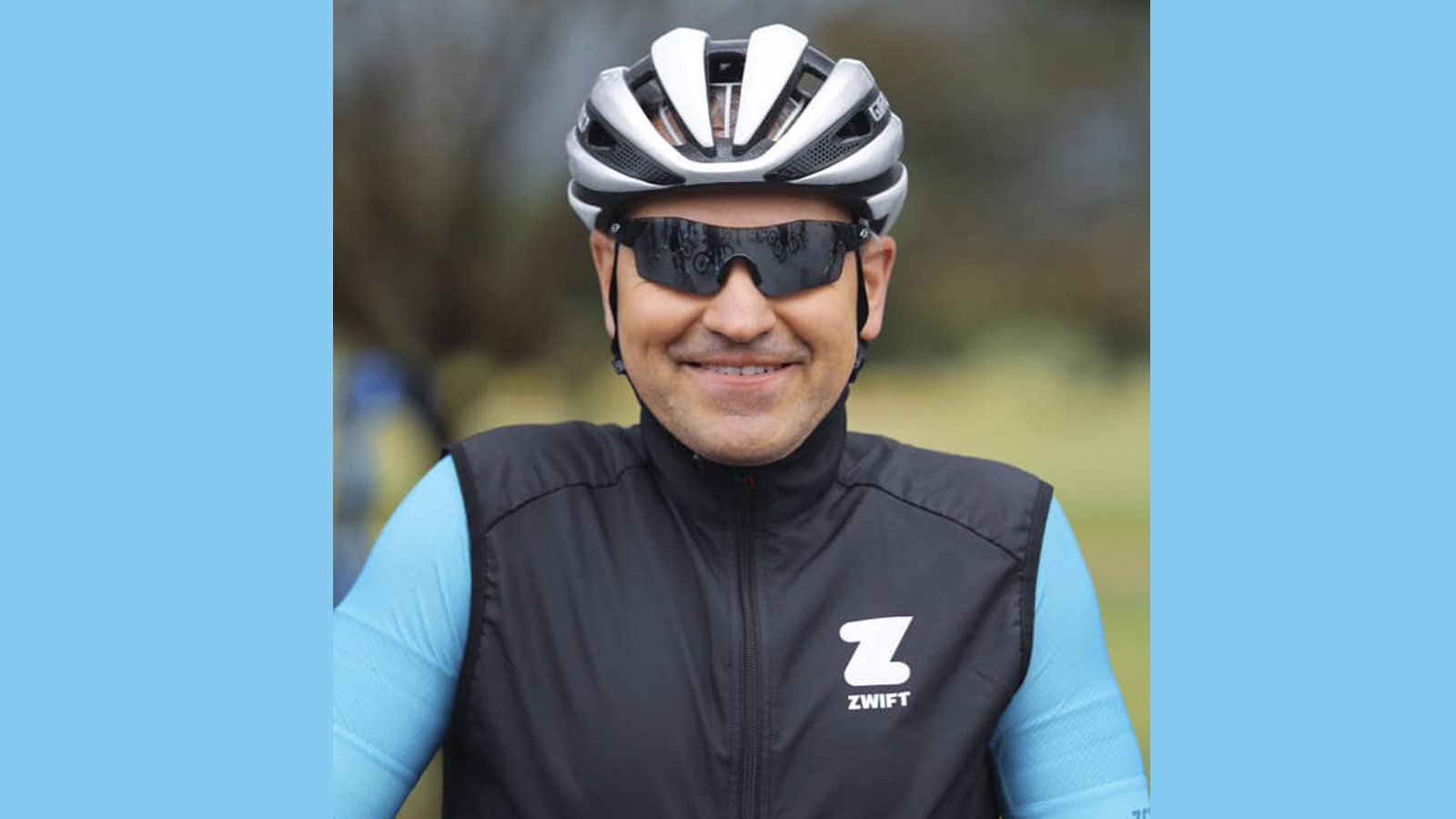
This past week, the Zwift Racing League took to the Park Perimeter Loop, a virtual replica of the real-life roads of Central Park in New York City. It wasn’t that long ago that Charlie Issendorf was promoting races on these very roads as race director for the Kissena Cycling Club.
Nowadays, Issendorf is the Event Director at Zwift which needs no introduction. In this interview, Issendorf talked about the Zwift Racing League which hosts weekly races for more than 15,000 riders, as well as the future of Zwift racing, and the possibility of a Zwift professional racing league.
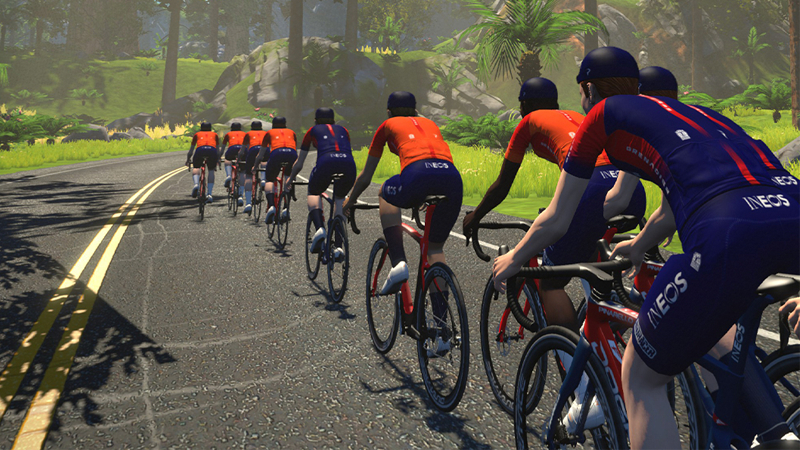
Cyclingnews: What is your background with Zwift?
Charlie Issendorf: I started working at Zwift in 2014. Eric Min, Zwift CEO and co-founder, and I raced together as juniors back in the 1980s and we stayed in touch. He thought my racing background and the fact that I organized real-world races would be a good fit for Zwift and he offered me a position when Zwift was still only a handful of employees. This was the very early days of Zwift, before we even launched in beta. From day one, I’ve been involved with almost all events on Zwift and now focus primarily on racing.
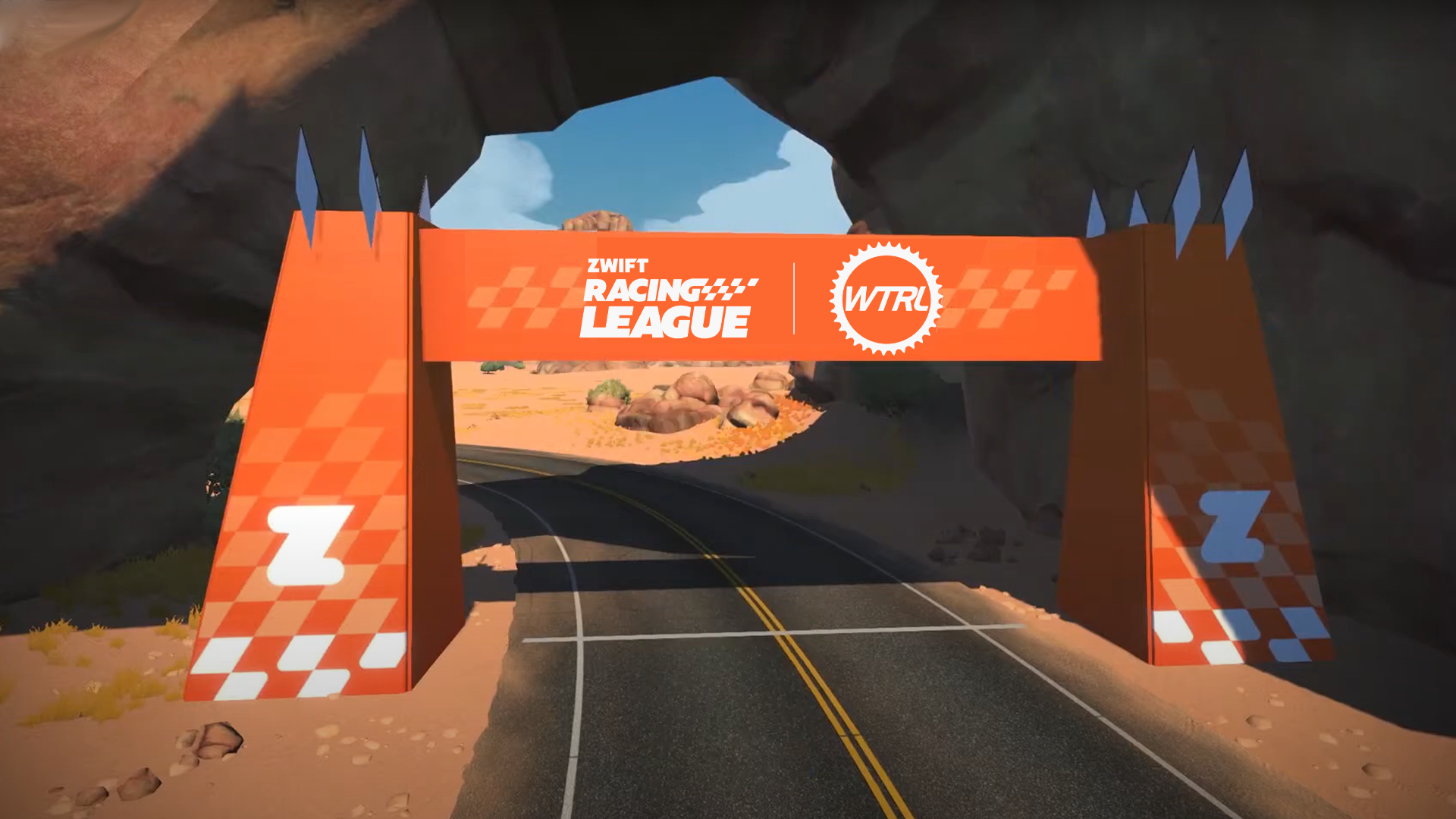
CN: Who writes the rulebook for the Zwift Racing League (ZRL) and Zwift Premier Division, regarding course selection, points breakdown, and race distance?
CI: We partner with WTRL to host the Zwift Racing League for the community and we leave most of the decisions race formats and points to them. Course selection, except for the playoffs, is done by my team. The Premier Division of the Zwift Racing League has a slightly different ruleset and that is crafted by an internal group at Zwift. Before the start of each season, we hold several meetings to discuss the course choices, points scoring, as well as any additional changes we’d like to make. We have a great team at Zwift and we’re all aligned on the same goal of improving Zwift esports.
CN: Most everyday Zwift races are scratch races, whereas the Zwift Racing League includes only points races and team time trials (TTTs). The ZRL style seems to be well-liked by the Zwift community, although it can be confusing for beginners. Why is the ZRL made up of mostly points races whereas most everyday races are scratch races?
Get The Leadout Newsletter
The latest race content, interviews, features, reviews and expert buying guides, direct to your inbox!
CI: The answer is in your question. Most races are scratch events and we want to set the ZRL apart by offering a unique race format. In scratch races, there is only one winner: the first rider across the finish line. Points races offer a wide range of tactics and force teams to decide on a race plan. Do we go for intermediate points and risk blowing up before the finish? Do we save it all for the finish but still risk losing the overall because we didn’t score intermediate points? And we throw in some Team Time Trials to also highlight the importance of working together as a team. Our community partner, WTRL, developed TTTs and they have proven to be immensely popular. Riders push themselves harder when they know their teammates are counting them. That’s what makes the ZRL so much fun!
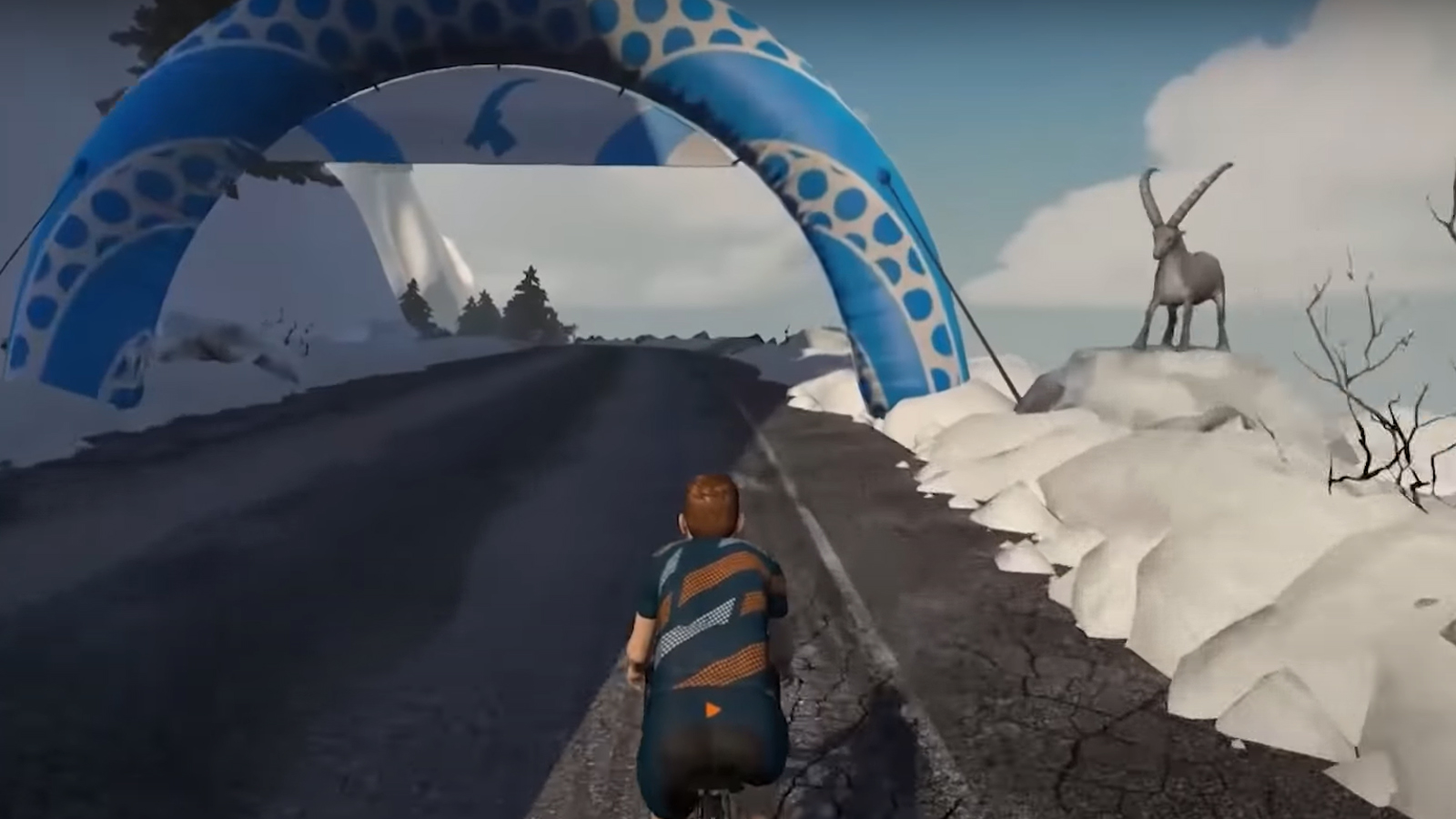
CN: Most ZRL races are 25-40km in length on flat to hilly terrain, and we have yet to see a ZRL race that includes a long climb such as the Alpe du Zwift or Ven-Top. Do you see longer and harder races somewhere in the future of the ZRL?
CI: It’s important to understand that the ZRL is for everyone, from Elite ‘A’ riders to entry-level ‘D’ riders. We use the same routes for all categories so we select routes that are achievable for everyone. An Alpe du Zwift or Ven-Top finish might be a bit too difficult for someone new to racing. In the future, we might offer different routes for A and D riders but not just yet.
CN: The latest season of the ZRL – running from January through February 2022 – sees some major shake-ups in terms of point’s primes, bonus segments, and most aggressive rider awards. What was the impotence for such a major change after four seasons of very similar formats?
CI: We’re always looking to improve the ZRL Premier Division while keeping in mind our goal of making eRacing fun to play and fun to watch. Experimenting with intermediate points is an important part of that. We all know the start and finish of a Zwift race is exciting but keeping the middle part of the race exciting can be a challenge. Intermediate points are crucial to keep the race exciting. The Most Aggressive rider was also introduced for the same reason. We want to encourage racers to attack and keep the racing animated. This makes the races more enjoyable for the competitors and for the fans watching at home.
CN: Zwift hasn’t done many organized stage races – is that a possibility that you’re exploring?
CI: It is and we’re discussing it. Stay tuned!
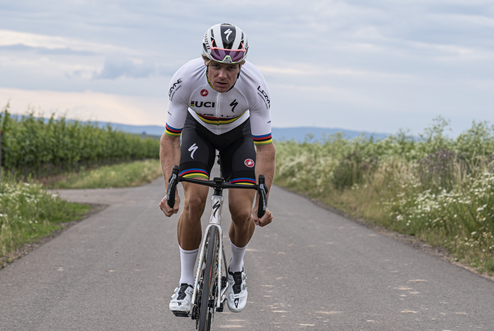
CN: What do you see as the future of Zwift racing?
CI: It’s still early days for Zwift racing and there’s no limit on how big it can become. Virtual racing is here to stay and with the UCI Esports World Championships now a permanent fixture on the calendar, it will only grow from here. The future of Zwift Racing will likely see more gamification to distinguish it from outdoor riding. We’re not looking to merely replicate outdoor racing but instead, create a new sport with unique tactics and race formats.
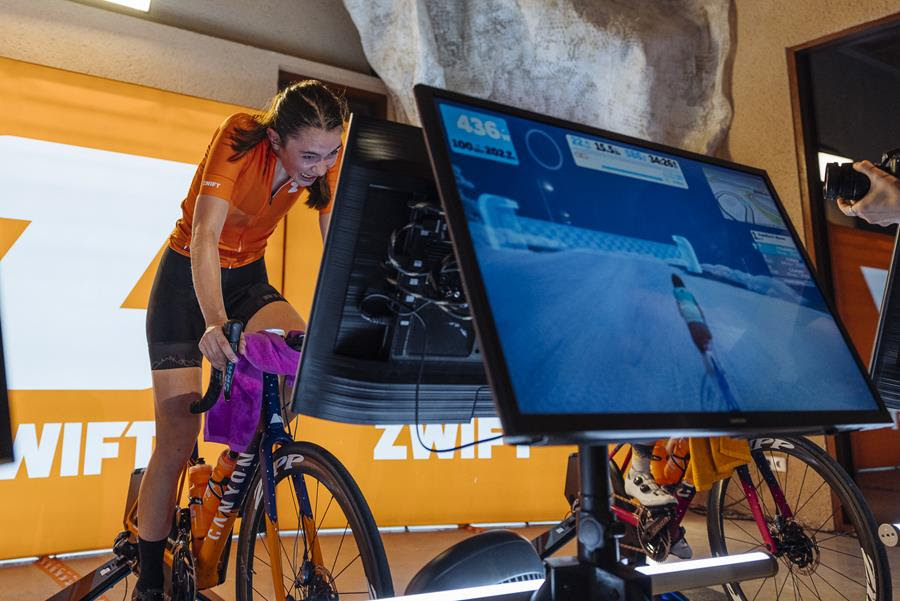
CN: Do you ever see Zwift Racing turning into a professional league with sponsors, revenue sharing, and full-time professional riders?
CI: Definitely! We’re already seeing sponsored eRacing teams competing in the Premier Division and the races are now streamed live on GCN Racing. The first ever men’s UCI Esports World Champion rode as a stagiaire for a World Tour team and the winner of last year’s Zwift Academy, Jay Vine (a Premier Division alumni) raced in the Vuelta España with Alpecin-Fenix. Movistar formed an eRacing men’s and women’s team with riders hand-picked from the Zwift racing community. The team receives the same support as the Pro riders in terms of equipment, coaching, and training camps. So sponsors are taking notice of Zwift Racing and so are broadcasters, and this is all in the last 12 months. The future is very bright for eRacing.
Zach is a freelance writer, the head of ZNehr Coaching, and an elite-level rider in road, track, and e-racing. He writes about everything cycling-related, from buyer's guides to product reviews and feature articles to power analyses. After earning a Bachelor’s Degree in Exercise Science at Marian University-Indianapolis, Zach discovered a passion for writing that soon turned into a full-fledged career. In between articles, Zach spends his time working with endurance athletes of all abilities and ages at ZNehr Coaching. After entering the sport at age 17, Zach went on to have a wonderful road racing career that included winning the 2017 Collegiate National Time Trial Championships and a 9th place finish at the 2019 US Pro National Time Trial Championships. Nowadays, Zach spends most of his ride time indoors with NeXT eSport.